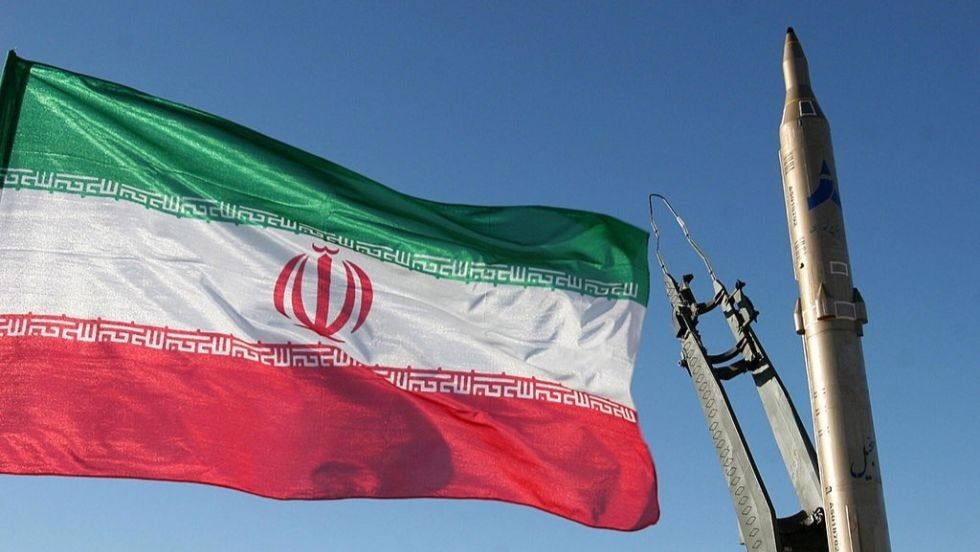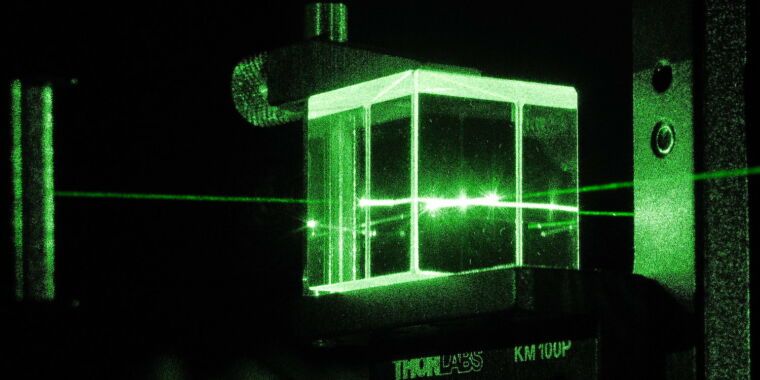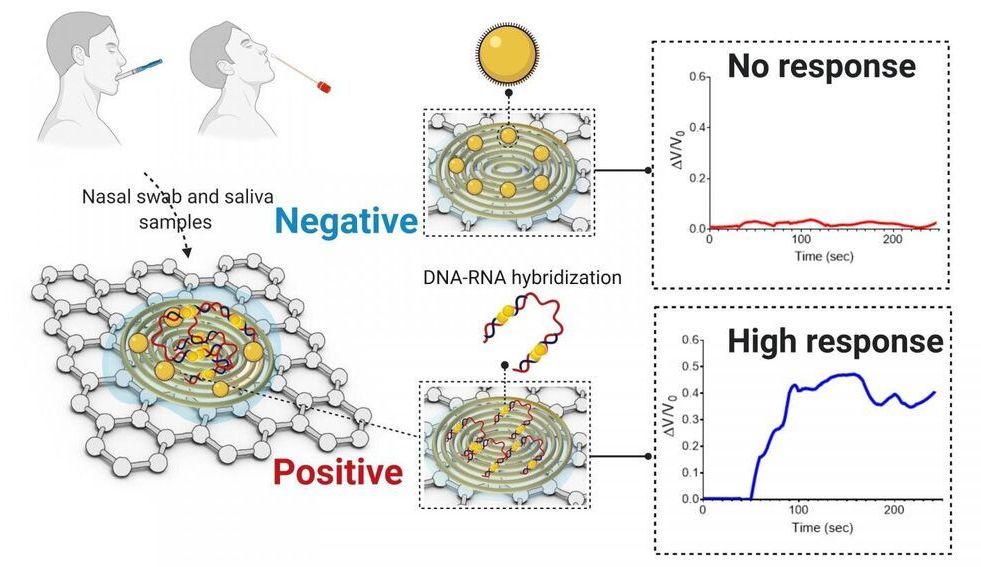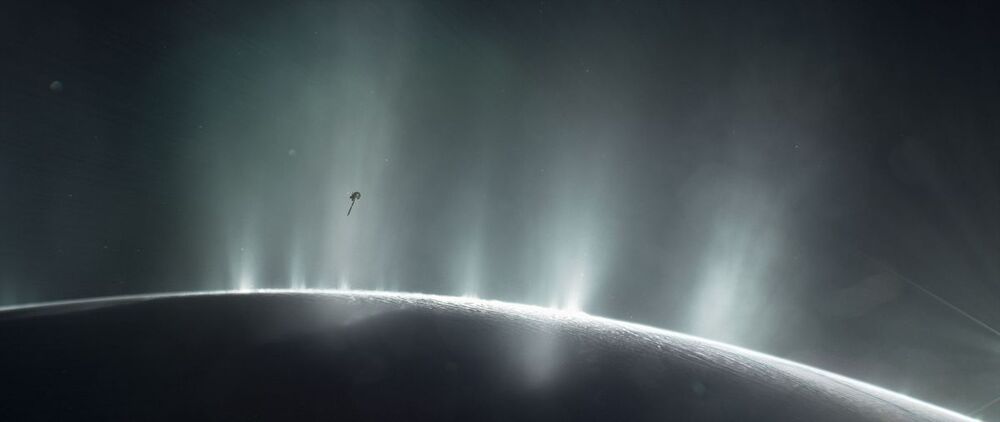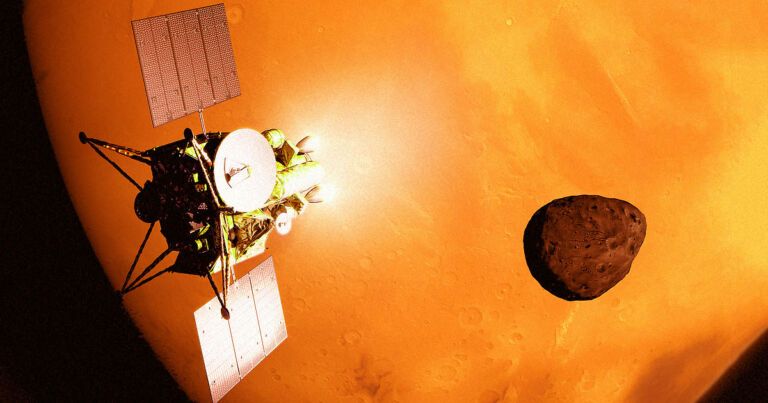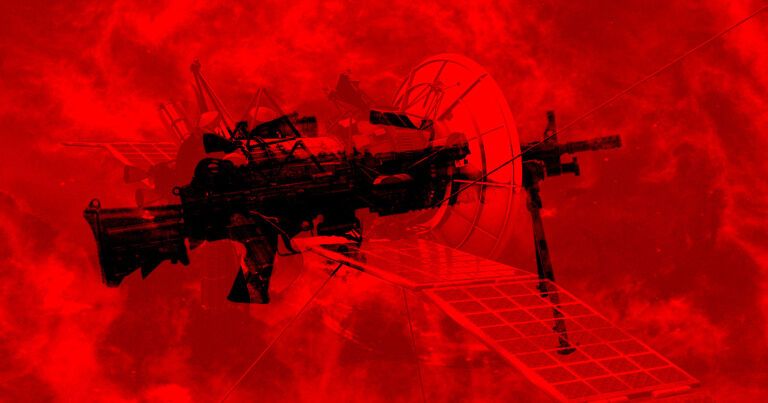“” Martyr Fakhrizadeh was driving when a weapon, using an advanced camera, zoomed in on him,” Fadavi said, according to Reuters.
“Some 13 shots were fired at martyr Fakhrizadeh with a machine gun controlled by satellite… During the operation artificial intelligence and face recognition were used,” he said. “His wife, sitting 25 centimeters away from him in the same car, was not injured.”
“The machine gun was placed on a pick-up truck and was controlled by a satellite,” he added.”
🧐🤨
An Iranian senior commander was quoted as saying that a satellite-controlled machine gun and artificial intelligence were used to kill the country’s top nuclear scientist.
The semi-official Tasnim news agency quoted Ali Fadavi, the deputy commander of the Revolutionary Guards, saying on Sunday that scientist Mohsen Fakhrizadeh was hit with “some 13 shots” in an attack that resulted in his death, Reuters reported.
